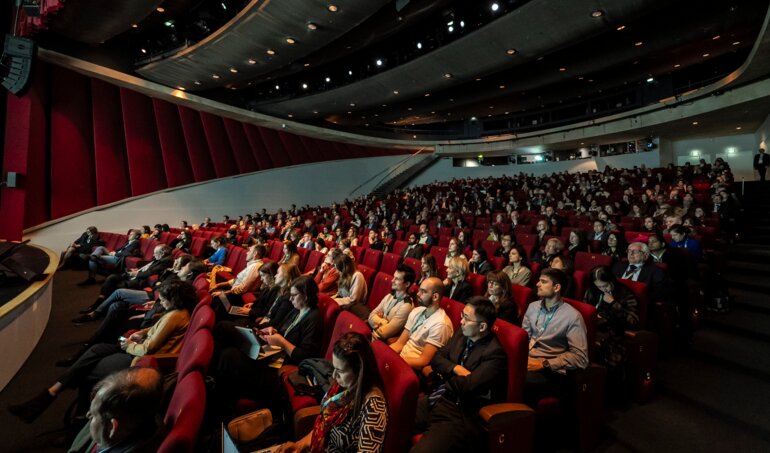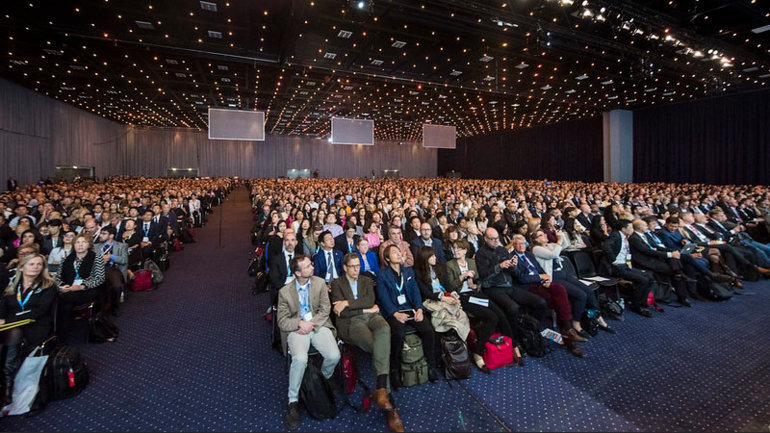Old and emerging traits of cancer provide a common set of principles that may help research shape future progress
The hallmarks of cancer were initially conceived 23 years ago (Cell. 2000;100:57–70), as six distinct functional capabilities that need to be acquired by human cells in order to form malignant tumours: sustaining proliferative signalling; evading growth suppressors; resisting cell death; enabling replicative immortality; inducing or accessing vasculature; and activating invasion and metastasis. Two additional ‘emerging hallmarks’ – dysregulating cellular metabolism and avoiding immune destruction – were subsequently described (Cell. 2011;144:646–674) and have now been sufficiently validated to be considered part of the core set. In addition, two ‘enabling characteristics’ – genome instability and mutation; and tumour-promoting inflammation – have been well validated, resulting in 10 recognised functional capabilities and facilitators (Lancet. 2014;383:558–563).
Recently, further potential capabilities or dimensions that contribute to cancer progression have been proposed. These include unlocking phenotypic plasticity; non-mutational epigenetic reprogramming; polymorphic microbiomes; senescent cells in the tumour microenvironment (Cancer Discov. 2022;12:31–46). Moreover, a growing body of evidence suggests that interconnections between the nervous system and cancer development at cellular and molecular levels play key roles in modulating tumour development and progression, contributing to the induction of core and emerging hallmark phenotypes (Cancer Cell. 2023;41:573–580).
The hallmarks of cancer (including these emerging traits) are improving our understanding of cancer by providing a common set of underlying principles involving cellular capabilities that can help to rationalise the vast complexity of cancer phenotypes and genotypes. These guiding principles may also be utilised to provide targets for drug therapy. For example, co-targeting of cancer hallmarks may be a rational approach to overcome drug resistance and achieve better patient outcomes; if only one hallmark is targeted, adaptive resistance is inevitable, but by attacking multiple functional capabilities, it becomes increasingly difficult for the cancer cell to adapt.
My group has studied this concept in a preclinical model of glioblastoma (GBM), a tumour of the central nervous system for which no curative treatment options exist, and which is associated with very low survival rates despite aggressive treatment. The addition of a VEGF pathway inhibitor to the tricyclic antidepressant imipramine significantly increased survival and caused regression of established tumours in a GBM mouse model. Co-targeting of cancer hallmarks was found to reprogramme the GBM microenvironment through a range of mechanisms, thereby sensitising the tumours to immune checkpoint blockade (Cancer Cell. 2022;40:1111–1127).
While conclusive data are awaited, a glimmer of light is provided by these preclinical findings and, in my opinion, additional studies are warranted to further explore optimal combinations based on the hallmarks exhibited by specific cancer types to determine whether this rational approach translates into improved patient outcomes.





